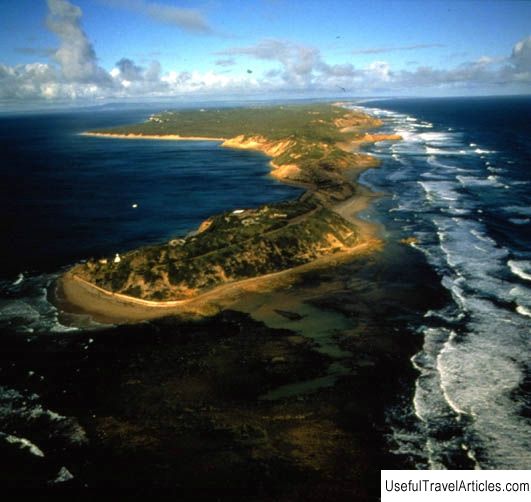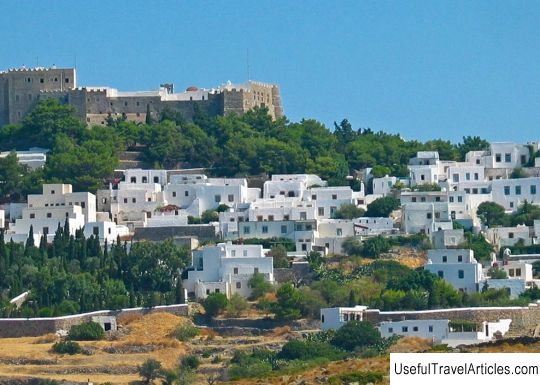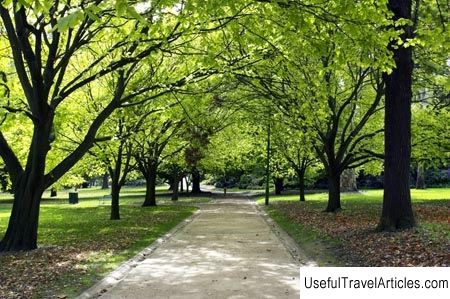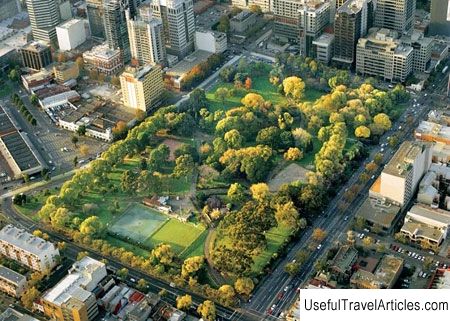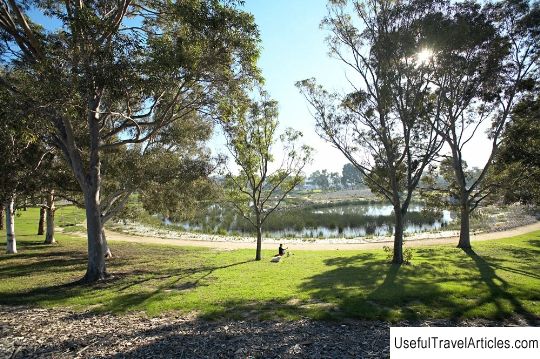Phillip Island Nature Park description and photos - Australia: Melbourne
Rating: 7,8/10 (6011 votes) 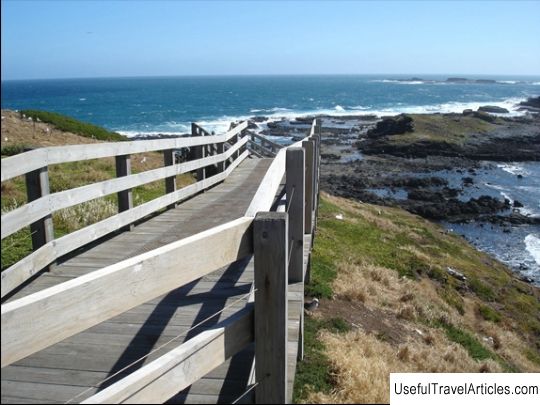
Phillip Island Nature Park description and photos - Australia: Melbourne. Detailed information about the attraction. Description, photographs and a map showing the nearest significant objects. The name in English is Phillip Island Nature Park. Photo and descriptionPhilip Island Natural Park is located on the island of the same name, 1.5 hours drive south of Melbourne. The park, covering an area of 1800 hectares, was created in 1996 to protect the amazing diversity of animals and natural ecosystems. The island received its name in honor of the first governor of New South Wales, Arthur Philip. On the island you can see about 80 species of plants and 12 species of seabirds, including the Australian gannet, red-tailed phaeton, petrels and others. But the main attraction, attracting thousands of tourists here, is the famous "Penguin Parade". Every day, at sunset, hundreds of unique little penguins emerge from the ocean and, awkwardly waddling from side to side, rush to their nests in the coastal bushes of Summerland Beach. This exhilarating procession makes the island one of the main attractions not only in Victoria, but also in Australia. In addition to penguins on Phillip Island, you can see other funny Australian animals - koalas, wallabies, wombats and kangaroos. Seal Rocks is home to Australia's largest colony of Cape fur seals - about 20 thousand individuals! You can watch them through a telescope installed in the Nobbis Center. Tourists are also attracted by the breathtaking landscapes of the park - Pyramid Rock, Rill Bay, Wulamai Cape, wild coastlines, river estuaries and huge mangroves. The only freshwater lake on the island, Swan Lake, is home to swans and a variety of wading birds. In addition, the lake is a cultural monument for the Bunurong Aborigines.      We also recommend reading Shrines of Lalibela description and photos - Ethiopia: Lalibela Topic: Phillip Island Nature Park description and photos - Australia: Melbourne. |
